Introduction:
In today’s digital age, businesses are increasingly leveraging the power of cloud computing to streamline operations, improve scalability, and enhance productivity. However, the cloud also introduces new security challenges, with cyber threats looming large. Did you know that according to a report by Gartner, cloud security spending was expected to reach $170 billion by 2022? This highlights the growing recognition of the importance of cloud security. Additionally, a study by Cloud Security Alliance found that 75% of cloud security incidents are caused by human error, while the average cost of a data breach is now $3.92 million. These statistics underscore the urgent need for robust cloud security measures.
To protect your valuable data and sensitive information, it is crucial to prioritize cloud security. By implementing best practices and following industry-leading solutions, you can fortify your defenses in the ever-evolving threat landscape. In this article, we will explore the key aspects of cloud security, provide actionable insights, and highlight emerging trends and solutions to safeguard your business against cyber threats.
Best Practices to Safeguard Your Business Against Cyber Threats
- Understanding the Shared Responsibility Model:
Cloud security is a shared responsibility between the Cloud Service Provider (CSP) and the customer. While CSPs are responsible for securing the underlying cloud infrastructure, customers must ensure the security of their data, applications, and user access. Familiarize yourself with the shared responsibility model and clearly define the security responsibilities and controls between your organization and the CSP. - Implement Strong Access Controls:
Maintaining stringent access controls is crucial for preventing unauthorized access to your cloud resources. Employ strong authentication mechanisms such as multi-factor authentication (MFA) to ensure that only authorized individuals can access sensitive data and applications. Regularly review and manage user access privileges, revoking unnecessary permissions and adhering to the principle of least privilege. - Email Solution – Advanced Email Protection:
Email remains a primary target for cyber-attacks. Implement advanced email protection solutions such as Microsoft’s Exchange Online Protection (EOP) and Advanced Threat Protection (ATP). These tools offer spam filtering, malware detection, anti-phishing measures, data loss prevention (DLP), email encryption, and multi-factor authentication (MFA). By securing your email communication, you minimize the risk of data breaches and unauthorized access. - Server Protection:
Your servers, including email and web servers, require dedicated security measures. Ensure you have solutions that offer email server protection, web server protection, and heartbeat notifications. These features enable real-time alerts for potential security incidents, allowing you to proactively respond to vulnerabilities and protect your cloud environment. - VM/VPS Security:
Virtual machines (VMs) and virtual private servers (VPS) demand specific security measures. Leverage solutions like Cloud Optix, which delivers continuous analysis and visibility across various cloud platforms, including AWS, Azure, Google Cloud, Kubernetes, and Infrastructure-as-Code environments. This holistic view provides comprehensive insights into your security posture, helping you detect, respond to, and prevent security and compliance gaps. Virtual firewalls sit on the edge of your cloud assets, delivering network security, web security, zero-day threat detection, and heartbeat notifications. - Virtual Private Networks (VPNs):
Secure remote access to cloud resources with Virtual Private Networks (VPNs). Enhancements in VPN security include SSL capacity, IPsec capacity, IPsec provisioning, SDWAN secure connect, SSL VPN, certificate management, password harsh strength, and authentication. Integration with cloud identity providers like Azure AD, AWS, and other cloud players enhances authentication and access control. - VAPT Services:
Vulnerability Assessment and Penetration Testing (VAPT) services play a crucial role in maintaining security compliance in the cloud. These services identify vulnerabilities and potential entry points for attackers. Regular assessments help you remediate security weaknesses before they can be exploited. Engage reputable providers to conduct comprehensive vulnerability assessments and penetration testing for all assets on the cloud.
Cloud security is a critical consideration for businesses embracing the cloud. By following best practices, leveraging industry-leading solutions such as advanced email protection, server protection, VM/VPS security, virtual private networks, and engaging in VAPT services, organizations can fortify their defenses against cyber threats. Stay updated with global trends and continuously evaluate and enhance your security measures to stay one step ahead of malicious actors. By prioritizing cloud security, you can confidently leverage the power of the cloud while safeguarding your valuable assets and ensuring the continuity of your business operations.



Leave A Comment